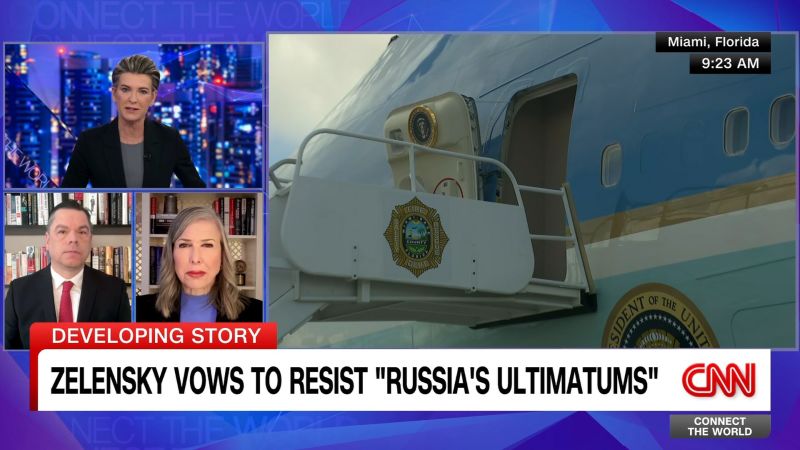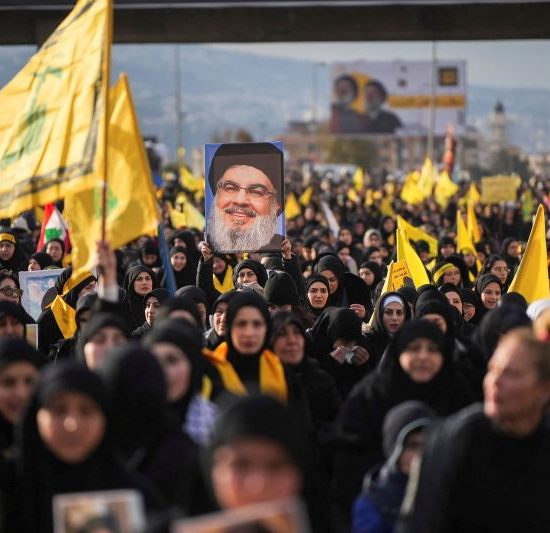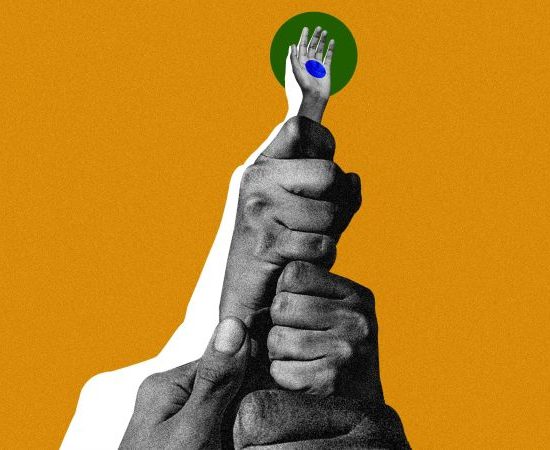President Donald Trump spent the first month of his second term on an extraordinary mission — dismantling the global system the United States spent the past 80 years building.
It was always theoretically possible that the West could lose its resonance as World War II and the Cold War became increasingly distant memories. But no one expected to see a US president wielding the ax.
When Trump won last year’s election, there was a sense among some western diplomats in Washington that their governments knew how to handle a president who in his first term often made foreign policy by tweet. But the shock that drove European leaders to an emergency meeting in Paris this week suggests they underestimated just how destructive Trump’s second term would be.
Trump has reversed US policy on the war in Ukraine, taking the side of the invader rather than the invaded party. He’s parroting Russian President Vladimir Putin’s talking points and is trying to push Ukrainian President Volodymyr Zelensky from power.
His Vice President JD Vance traveled to Munich, where he castigated European leaders as “tyrants” suppressing conservative thought and pressured Germany to dismantle the political “firewall” that it set up to ensure that fascists could never again win power.
Defense Secretary Pete Hegseth meanwhile told Europeans that they now need to “take ownership of conventional security on the continent” casting immediate doubt on security alliance NATO’s foundational creed of mutual self-defense.
Defense Secretary Pete Hegseth meanwhile told Europeans that they now need to “take ownership of conventional security on the continent” casting immediate doubt on security alliance NATO’s foundational creed of mutual self-defense.
America’s repudiation of its traditional foreign policy is being driven by both Trump’s particular obsessions and wider geopolitical changes. The United States remains the world’s strongest power — but it no longer has the might that can force others — like China — to live by its rules. Indeed, it now has a president who has no intention of observing any economic, trade, and diplomatic rules at all and is threatening to annex Canada.
Not only that, but the new administration is actively seeking to destabilize friendly democracies and fuel a global movement of rightwing populism. Vance’s speech warned that European governments threatened their own security more than China or Russia because of their policies on free speech and immigration. He also met the leader of the AfD, a far-right party in Germany with neo-Nazi roots and sought to boost far-right parties elsewhere who are challenging governments in France and Britain for example. Trump would rather deal with fellow travelers in a Make Europe Great Again (MEGA) movement than centrist leaders now in office.
So, what can Europe do now that America — the country that rebuilt the continent from the ashes of World War II — seems to be becoming an openly hostile power?
French President Emmanuel Macron, acting on the experience of his dealings with Trump during their first terms, has been warning for years that Europe needed to realize that America had become an unreliable partner. With doubts about the US military commitment to its allies, other members of NATO now have no choice but to hike shriveled military spending.
This will be painful since many of Europe’s governments are already struggling to balance the books and are under extreme pressure to maintain their popular welfare states. And getting all members of the European Union to agree on a more independent path will be treacherous. Some nations in Moscow’s old neighborhood – like Poland and the Baltic states – understand the Russian threat all too well, but some smaller, Western European countries perceive the danger to be more distant. And the EU now includes some leaders who’d love to help Trump do Putin’s work for him in dividing the western alliance — Hungarian Prime Minister Viktor Orban for instance.
In only 31 days in office, Trump has already changed the world.
What to watch for next week
Barring a big surprise, the big international story will be Ukraine.
We may learn more about the prospects of a peace deal to end the war and how it would be implemented when Macron visits the White House on Monday and British Prime Minister Keir Starmer follows him on Thursday.
The visits will be critical to showing whether there is any scope for US-European cooperation on the war — after the continent was shut out of US talks in Saudi Arabia with Russia this week. Both Britain and France say they’re ready to send troops to Ukraine to monitor any eventual peace — but it’s hard to fathom that such an operation could take place without US air, intelligence, and logistical support. Is Trump prepared to do this and risk angering Moscow, which has already ruled out the idea of foreign troops in Ukraine?
Look out also next week to see if either leader shows up in the Oval Office with an offer to raise their own defense spending — to impress their host.
Macron plans to use his visit to try to insert some steel in Trump’s spine following his latest round of genuflecting to Putin and will appeal to the US President’s highly advanced sense of his own power. “I’m going to say to Trump, ‘Deep down you can’t be weak in the face of Putin, it’s not you, it’s not your trademark’,” Macron said Thursday.
The UK isn’t in the European Union anymore, but it’s been in lockstep with Macron and other leaders from the bloc this week. Starmer is seeking to restore the UK’s former role its traditional role as a bridge between its great friend the United States and Europe.
There’s just one problem. Trump doesn’t cross bridges. He burns them.





